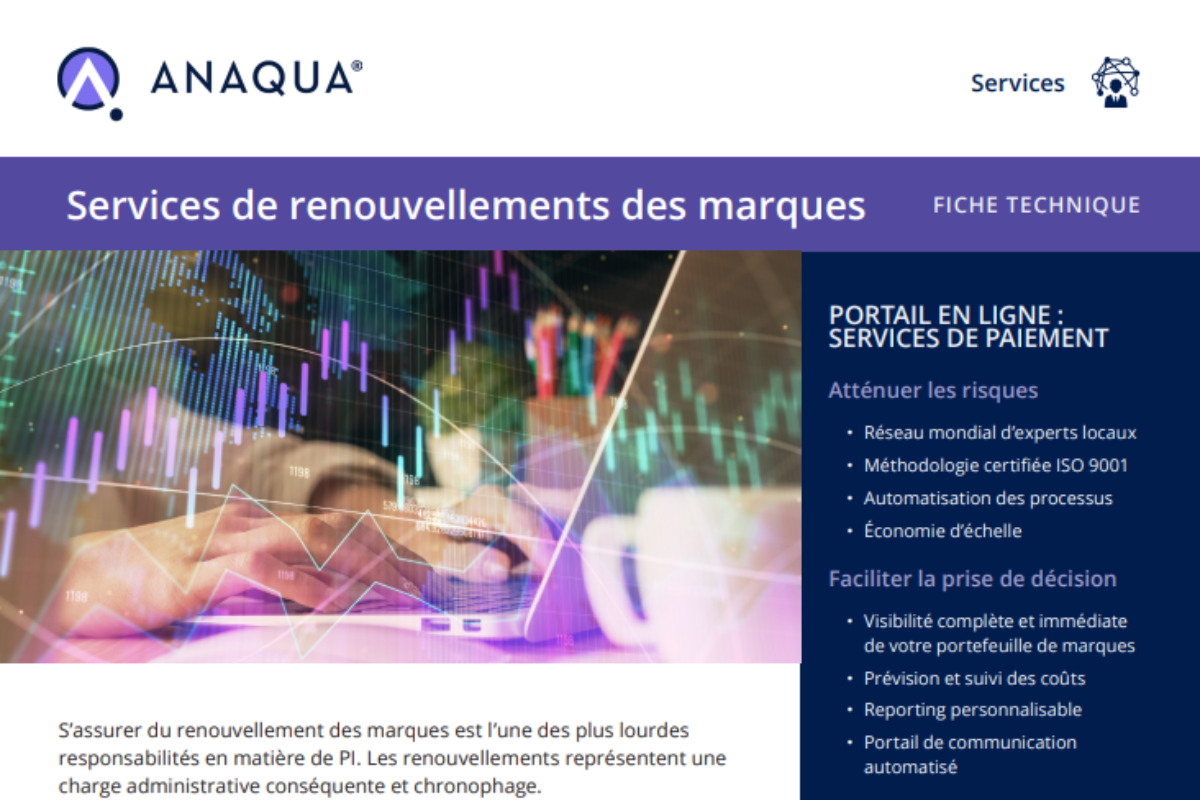As an international system for obtaining trademarks, the Madrid Protocol has proven popular with filers across the world. The Protocol, one of two treaties that makes up the Madrid System, provides streamlined access to more than 100 countries.
Administered by the World Intellectual Property Organization (WIPO), the System offers a range of benefits to those looking to file internationally.
And, if the numbers are anything to go by, applicants will take advantage of the system for many years to come. Over a period of ten years up to 2019, applications filed via the system have grown from 36,094 to 64,400—an increase of nearly 80%.
A One-Stop-Shop
There are myriad reasons for the Protocol’s popularity, including its cost-effectiveness and the ease of filing a single application and one set of fees for up to 122 countries.
Applicants pay one set of fees in one currency. This is almost certainly going to be less than applying separately for each member country, and there’s no need to pay for translations or hire a representative in each country.
For those looking for certainty, there is a fixed examination period (either 12 or 18 months) and, if no objection is raised by the office, the trademark will become automatically protected. The strict time limits may help applicants gain their registrations faster than if they were to apply through a national route.
And, because applications can now be filed in Spanish, and Brazil, Colombia and Mexico have joined the Protocol, it’s hoped that additional countries in Central and South America will sign up, further expanding the System’s reach.
Beware the Risks
The Protocol is not perfect and it may not always be the best choice for applicants.
The first weak spot is the “Central Attack” — for the first five years, an international registration is dependent on the home country application. If the trademark is rejected here or the registration is successfully challenged, the international registration becomes invalid for all designated countries.
It’s important to remember that registration in the home country doesn’t guarantee registration in every designated country. Objections against the application can be raised on a country-by-country basis and applicants will need to find local counsel to represent them.
The risk of missed deadlines also looms large. In certain countries, such as China, deadlines can be very short, making it a challenge to appoint agents and file a timely response.
Finally, some countries have not updated their national laws to recognize the Madrid System, potentially opening up the applicant to enforcement issues.
Find Out More
Essentially, applicants should view the Madrid Protocol as an effective tool, but not as the only option when looking to register trademarks internationally.
Watch our recent webinar “International Trademarks: When is the Madrid Protocol the Right Strategy?”, in partnership with IPWatchdog, to find out more.



